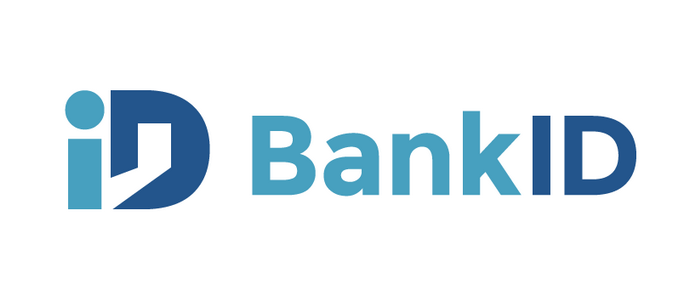
In the digital age, where identity verification is critical to online transactions and services, the emergence of BankID has changed the landscape of secure and convenient authentication. We will try to explore the history of BankID, tracing its evolution from its inception to becoming a cornerstone of digital identity verification in various sectors.
The birth and early development: A vision of digital identity
BankID has its roots in the late 1990s, when the digital age was taking its first steps. The concept arose as a response to the need for a secure and standardized method of verifying identity online. In the early stages, pioneers in the banking sector envisioned a digital identity solution that could easily integrate with various online services, prioritizing user security.
Cooperation of banks: Promoting trust and standardization
One of the key milestones in the history of BankID was the joint effort of several banks to implement this digital identification solution. Realizing the collective impact it could have on online security, several banks joined forces to create a unified and standardized system. This collaboration not only helped build trust in the new technology, but also laid the groundwork for a universal and widely accepted digital identity platform.
Expansion beyond the banking sector: Cross-sectoral impact
As BankID gained momentum in the banking sector, its potential for wider application became apparent. The platform has expanded beyond its original scope, finding relevance in various industries such as healthcare, government services, and e-commerce. The gambling business also accounts for a large share of usage: https://xn--wordfeud-hjlp-lfb.se/hur-bankid-forandrar-onlinespelande-och-vilka-fordelar-det-har-vid-anvandning/. BankID's adaptability to different sectors has demonstrated its versatility and scalability of its secure authentication protocols.
Integration with government initiatives: Seamless digital society
BankID's integration with government initiatives has become a milestone in its history. Governments have recognized the potential of using a standardized digital identification solution to improve citizen services and simplify bureaucratic processes. BankID's seamless integration with government platforms has contributed to the vision of a digital society where secure and efficient online interactions are the norm.
Technological progress: Increasing security and improving user experience
Over the years, BankID has undergone continuous technological development to address new security challenges and improve the user experience. The introduction of biometric authentication, mobile apps, and advanced encryption protocols have strengthened BankID's position as a leading digital identity solution. These technological improvements have not only enhanced security but also ensured accessibility for users from different devices.
Global recognition: Inspiring identity solutions around the world
The success and effectiveness of BankID has not gone unnoticed on the global stage. Its principles and architecture have inspired the creation of similar identity solutions in different countries. The global recognition of BankID as a benchmark for secure digital authentication has underscored its impact on shaping the digital identity verification landscape around the world.
In summary, the history of BankID is a testament to the evolution of digital identity solutions in the face of advances in technology and the growing importance of secure online interactions. From its origins and collaborative efforts in the banking sector to its expansion into other industries and global acceptance, BankID has played a key role in shaping the digital identity landscape. As we navigate the intricacies of the digital age, BankID serves as a beacon of innovation, security and convenience, unlocking the potential of a seamlessly connected and secure online world.
